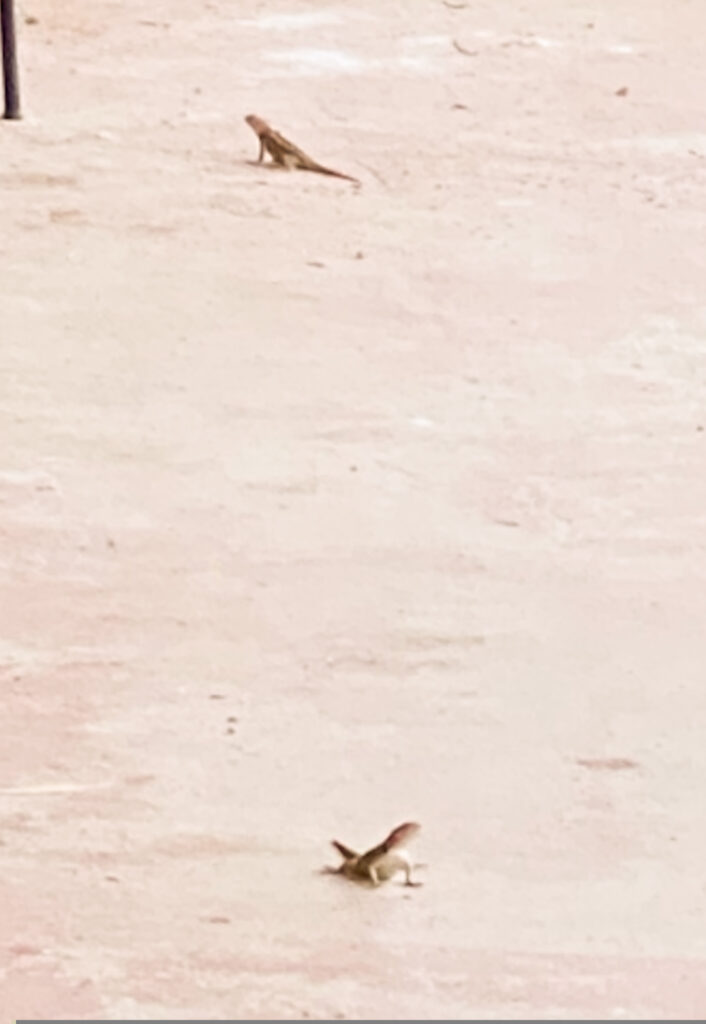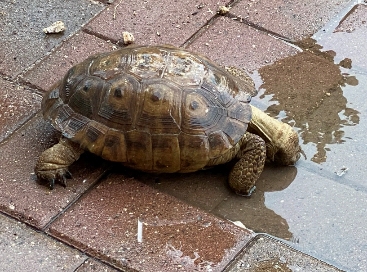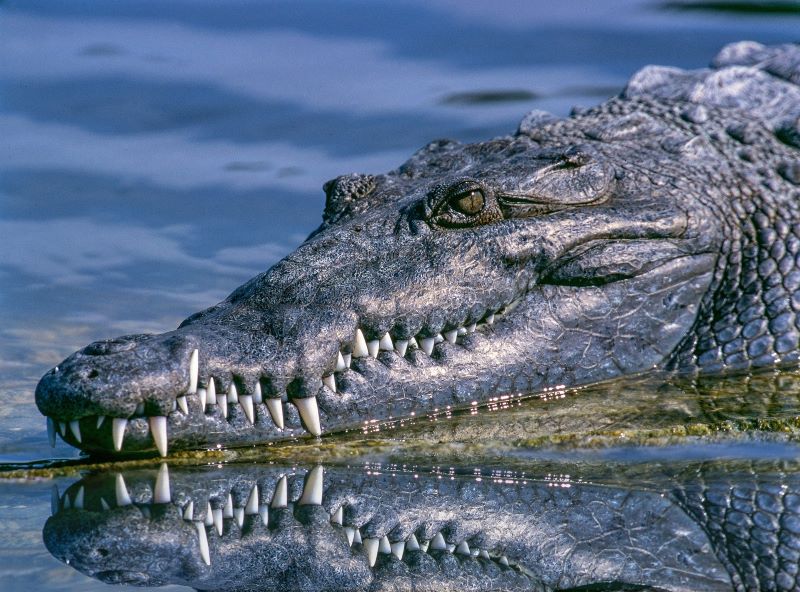Writings Tips for Creating Realistic Settings

We live in a very visual world. Our entertainment is mostly visual: TV, movies, videos and, of course, our cell phones. Above Photo courtesy of Hans Benn of Pixabay. When you write a story, however, you must create the setting for the reader through words alone. This can be challenging. For instance, the setting for […]
Territorial!

Many animals (and some plants) establish territories. They protect these areas for their places to live, eat and mate. When I think of a territory, I usually imagine a natural area, but that’s not true for all lizards. Some lizards establish their territories on patios! Several male Desert Spiny lizards, Sceloporus magister, have divvied up […]
Desert Dwellers Worshipping the Rain! by Curtis Curly-tail Lizard

Hello, everyone! I’m Curtis Curly-tail. You may know me as the perfect Curly-tail lizard from the Bahamas with an itch for adventure. OR, perhaps you’ve seen me starring at my very own YouTube page, Curtis Curly-tail Speaks. Well, of course, I do! I am perfect, as they say! Every morning I start the day by […]
Alligator vs. the Marshmallow

As a science book writer, I am asked to speak at schools and libraries about my favorite subject: reptiles. I often use props to help people visualize the facts I present. For instance, an iguana egg is about the size of a marshmallow. So, I bring a bag of marshmallows to use and, when allowed, […]
